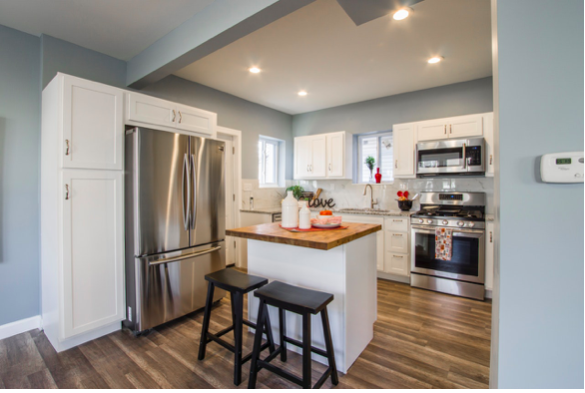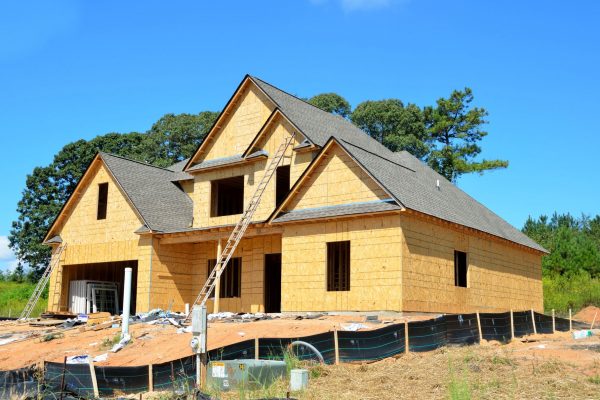Buying new appliances need careful decisions as well. It can be a challenging decision since you have to consider a lot of things including colors, style, features, and price. (americachip) But today, there is one thing that must top priority: energy efficiency. Electrical appliances account for over 30% of the energy bills charges you receive on a monthly or annual basis. You can dramatically reduce your bills if you search for other alternatives such as a pay as you go electricity plan, where you pay for what you need. This way, you can avoid having any bill surprises at the end of the month.
Design and features aside, appliances with Energy Star rating have undergone various testing methods to eradicate wastage and help save money. Here are some recommended steps to take when looking and shopping for energy-efficient appliances:
Research first before buying
Did you know that there are over 60 categories of energy-efficient products? There can huge difference even when the appliance has similar-looking models. Check the U.S.-backed symbol for energy efficiency called Energy Star label as well as the yellow EnergyGuide tag that lists the appliance’s projected annual running cost. Before you go to the appliance store, visit the EnergyStar.gov, so you would know how often you use the appliance and get some model recommendations.
Evaluate your needs
Sometimes you think you need this and that appliance but you should consider how much value you can get from the said purchase. Ask yourself if you really need it or something that you just want for the moment. Moreover, assess if this particular appliance will make your life easier or difficult. You should make a careful decision about this matter.
Pick the right size of the appliance
For HVAC systems and other small appliances, the right size matters. For an air conditioning unit, the perfect size can be derived from measurement using a variable called BTU (British thermal unit). If a house is around 1,000 to 1,200 square feet, the air conditioning unit should be 21,000 to 24,000 BTU per hour. An apartment, bungalow, or kit homes that are between 2,000 and 2,500 square feet requires an AC unit with 34,000 BTU per hour.
The same principle is applicable to other appliance such as a washing machine. Keep in mind that the right size of the appliance is the one that fits your usage needs. Make sure to measure the space where you will put the appliance. Also, ensure if there are enough ventilation and room to open the door or lid.
Read the Energy Guide label
This yellow and black label is attached to all new appliances except the clothes dryer, kitchen ranges, and microwave oven. The label has information about the estimated annual energy consumption of the appliance. The more stars, the better. Reading this label will help the consumers to compare the efficiency or annual energy use of the same appliance from different brands. It would help you save a heap of money.
Choose appliances with Energy-Saving Settings
The energy –saving setting is essential to appliances. This eco-setting helps save energy and water whenever possible. But it still functions the same.
Understand the Second Price Tag
When buying an appliance, there are two prices to consider. Here are they:
First price tag – this is the initial cost to purchase of an appliance
Second price tag – this is the long term cost when you run the appliance over its lifetime.
To know the total cost of the appliance you’re buying, add the second the price tag to the first price tag.
Least prioritize the design
Modern appliances come in various styles and design with different efficiencies. According to the Department of Energy (DOE) in the U.S., refrigerator units with the freezer on the top or bottom are usually more efficient compared to those with side-by-side doors. Moreover, ice-makers and water dispensers add energy consumption.
Buying energy-efficient appliances is a great way to reduce your own monthly costs. It also makes your home environmentally sustainable and you help protect the environment. Remember that the more energy-efficient an appliance is, the lower utility bill you have.





